Doesn’t matter why people travel but Bhutan has a lot to offer as tourism products from rural tourism to adventurous tourism. It is the spiritual hub of Buddhism.
Some travellers get to Bhutan to explore the untouched beauty and cultural heritage and experience the country's cultural richness. Some of them travel to experience the country’s spirituality. Moreover, many of them travel due to their curiosity about visiting one of the world’s least visited countries.
Here are the major things that you can do when travelling to Bhutan.
Attend a Traditional Festival (Tshechu)

Tshechu is the annual religious Bhutanese festival held in each district or dzongkhag of Bhutan on the tenth day of a month of the lunar Tibetan calendar. The month depends on the place. Tshechus are religious festivals of the Drukpa Lineage of the Kagyu school of Tibetan Buddhism.
These religious festivals are held to honour Guru Rinpoche, the saint who introduced Buddhism to Bhutan. The festivals feature traditional mask dances, known as Cham dances. These dances are performed by monks and laymen in elaborate costumes.
Each dance has a special meaning and tells stories of Bhutanese legends and history.
Attending a Tshechu, such as the Paro Tshechu or Thimphu Tshechu, provides a unique opportunity to experience Bhutanese culture and spirituality.
Locals dress in their finest traditional clothes and gather to witness the dances, receive blessings, and socialise. The festivals are a time of joy and celebration, attracting both locals and tourists.
Hike to Tiger’s Nest Monastery (Taktshang Goemba)
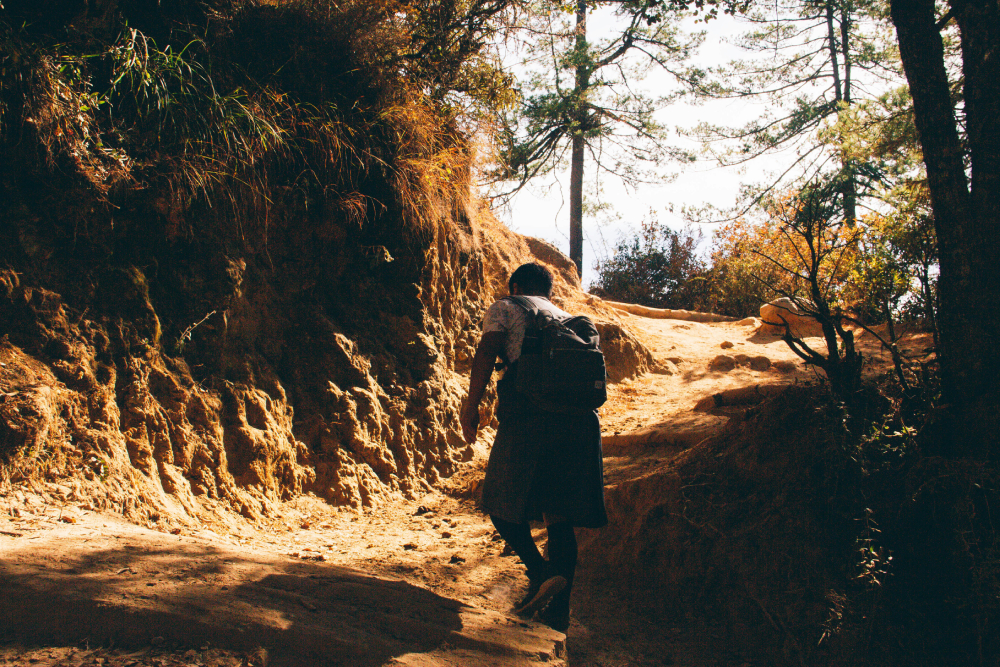
Hiking to Tiger's Nest Monastery (Paro Taktsang) is one of Bhutan's most exciting and rewarding experiences. This famous monastery is perched on a cliff 3,000 meters above the Paro Valley, offering breathtaking views.
The hike begins at the base of the mountain and takes about 2 to 3 hours to reach the monastery. The trail winds through pine forests, with colourful prayer flags fluttering along the way.
About halfway up, there is a cafeteria where hikers can rest and enjoy snacks with spectacular views of Tiger's Nest. The final ascent involves climbing steep steps, but the effort is worth it.
The monastery itself is a sacred site, where it is believed that Guru Rinpoche meditated in the 8th century.
Visitors can explore the monastery's temples and shrines, feeling the peaceful and spiritual atmosphere.
Attending the traditional sport of Archery
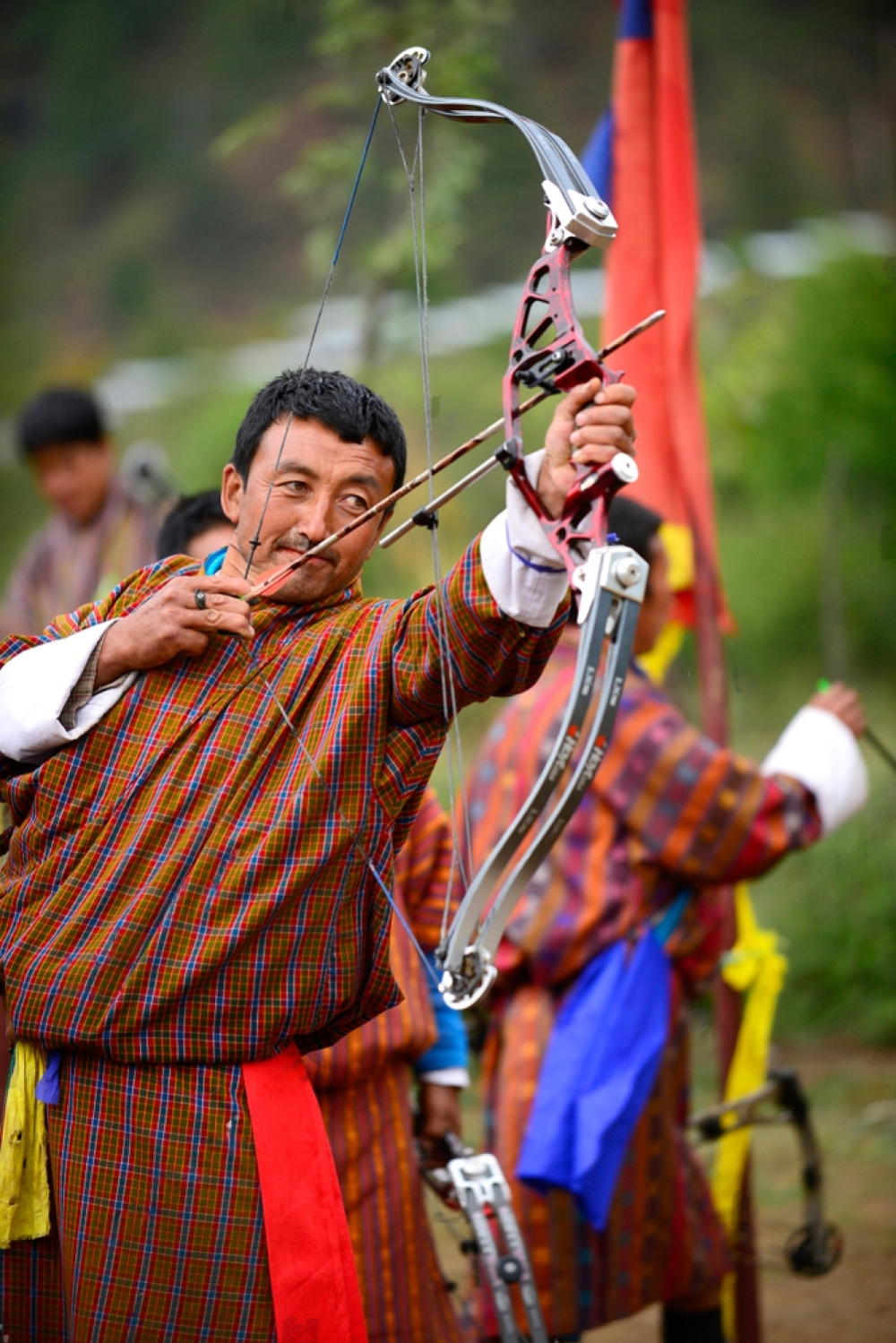
The Archery Festival in Bhutan is a vibrant and exciting event that showcases the country's traditional sport of archery. Archery is Bhutan's national sport and has been played for centuries.
During the festival, teams from different villages compete in archery tournaments, aiming at targets set at a distance of 145m. The competition is filled with cheering crowds, colourful banners, and lively music.
Participants wear traditional Bhutanese clothing and perform rituals to bless their arrows before shooting. The festival is not just about the competition. It is also a social event where locals come together to celebrate and enjoy traditional food and dance.
Viewers can witness impressive skills and join in the fun, making it a memorable experience for tourists.
Visiting Local Markets and Dressing in Bhutanese Style
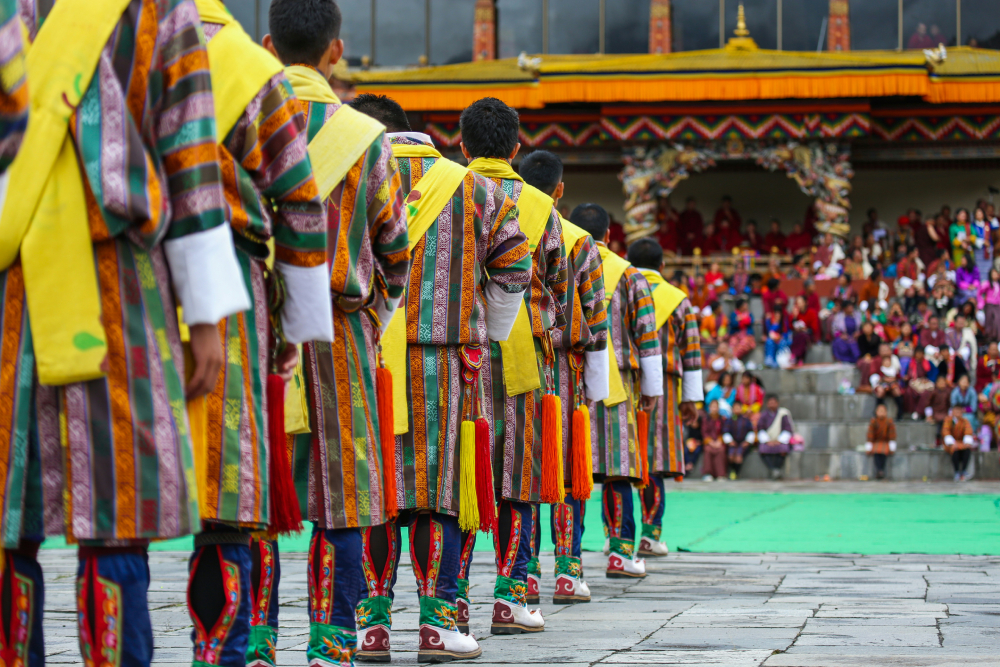
Visiting local markets in Bhutan is a fantastic way to experience the country's vibrant culture and daily life. Markets in cities like Thimphu and Paro are bustling with activity, where you can find colourful handicrafts, traditional clothing, and fresh produce.
Vendors sell unique items like intricate Bhutanese textiles, handwoven scarves, and beautiful jewellery.
Dressing in traditional Bhutanese attire, such as the Gho for men and the Kira for women, adds to the cultural experience. The Gho is a knee-length robe with a belt, while the Kira is a long, ankle-length dress worn over a blouse.
Wearing these garments when visiting local markets allows you to blend in with the locals and gain a deeper appreciation of Bhutanese traditions. The vibrant patterns and bright colours of Bhutanese clothing make the experience even more special.
Trekking in the Bhutan Himalayas
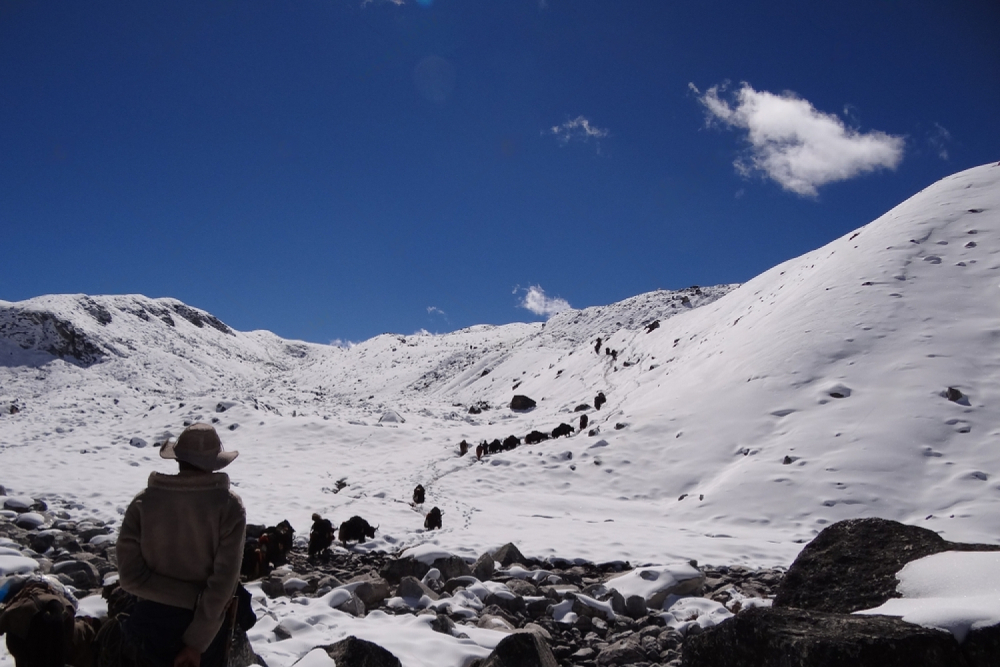
Trekking in Bhutan is an adventure that lets you explore the stunning landscapes of this mythical kingdom. Bhutan offers a range of trekking routes, from easy walks to challenging hikes.
Popular treks include the Druk Path Trek, which takes you through beautiful valleys and forests, and the Snowman Trek, one of the world’s most challenging treks, crossing high mountain passes.
On these treks in the Bhutan Himalayas, you will see breathtaking views of snow-capped peaks like Mount Jomolhari. The trails pass through lush forests of pine, oak, and rhododendron. Traditional villages such as Paro and Thimphu offer cultural insights.
Along the way, you might encounter unique wildlife like the Bhutanese takin and the red panda. You may also spot beautiful bird species such as the Himalayan monal and the golden eagle.
Many treks also pass by ancient monasteries and dzongs.
Explore Bumthang Valley
Exploring Bumthang Valley is like stepping into a serene and magical part of Bhutan. It is known as the spiritual heartland of the country. Bumthang Valley is famous for its beautiful landscapes, ancient temples, and traditional villages.
The valley is surrounded by stunning mountains and dotted with terraced fields, making it a picturesque place for nature lovers.
In Bumthang, you can visit historic sites like Jakar Dzong and Kurjey Lhakhang, which are important religious and cultural landmarks. The valley is also known for its unique festivals and local handicrafts, such as woven textiles and traditional crafts.
Whether you’re exploring the charming villages, enjoying a hike through scenic trails, or learning about Bhutanese culture and history, Bumthang Valley offers a peaceful and enriching experience for all visitors.
Hot Stone Baths and Meditation for Wellness and Wellbeing
In Bhutan, hot stone baths and meditation are popular ways to achieve wellness and well-being. Hot stone baths are a traditional Bhutanese treatment where heated stones are placed in a natural bath.
The warm water helps to soothe muscles, improve blood circulation, and ease stress. This method uses local stones, and the experience is often enjoyed in a peaceful, natural setting.
Meditation, a key part of Bhutanese culture, complements hot stone baths by promoting mental clarity and emotional balance. Bhutanese meditation techniques focus on mindfulness and connecting with your inner self. It’s a peaceful practice that helps calm the mind and reduce anxiety.
Try ‘ema datsi’ Bhutanese traditional Cuisine
Ema datsi is Bhutan's most famous traditional dish, and it’s a must-try for anyone visiting the country. The name "ema datsi" means "chilli and cheese," which are the main ingredients.
The dish is made by cooking green or red chilli peppers with a local cheese called datsi. Often, tomatoes, onions, and garlic are added to enhance the flavour.
Ema datsi is a staple in Bhutanese cuisine and is eaten almost daily by locals. It is usually served with red or white rice and can be found in homes, restaurants, and even at special events.
The spiciness of the chillies may be intense for some, but it’s a true representation of Bhutanese flavours and culture.
Explore Jigme Dorji National Park
Jigme Dorji National Park is one of Bhutan’s largest and most diverse national parks, covering over 4,300 Sq Km. The park is home to a wide range of wildlife, including rare and endangered species like the snow leopard, Bengal tiger, and red panda. It also features diverse ecosystems, from lush forests to alpine meadows.
Visitors to the park can enjoy activities like hiking, bird watching, and exploring its rich biodiversity. The park is also culturally significant, with several sacred sites and monasteries within its boundaries.
Also, you can trek to Mt. Jomolhari, Mt. Tsherimgang and Mt. Jichu Drakey if you exploring the national park.
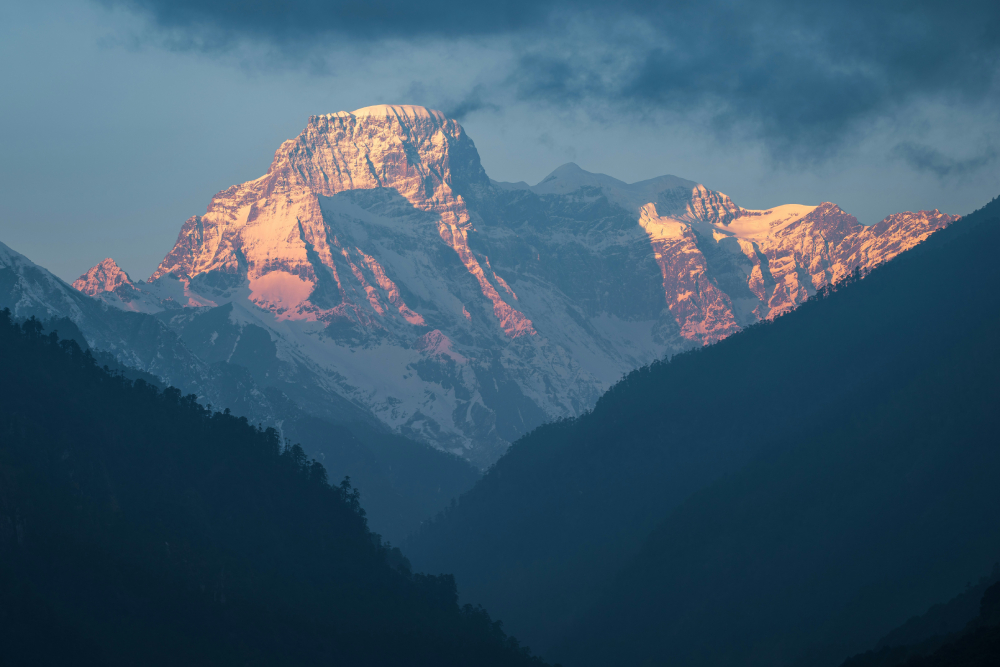
Accommodating at Homestays
Staying in a homestay in Bhutan offers a unique opportunity to experience the country's culture and traditions up close. Homestays allow visitors to live with local families in their homes.
Guests can enjoy traditional home-cooked meals, often made with fresh, local ingredients, and participate in family activities.
Homestays are available in various parts of Bhutan, from bustling towns to serene villages.
